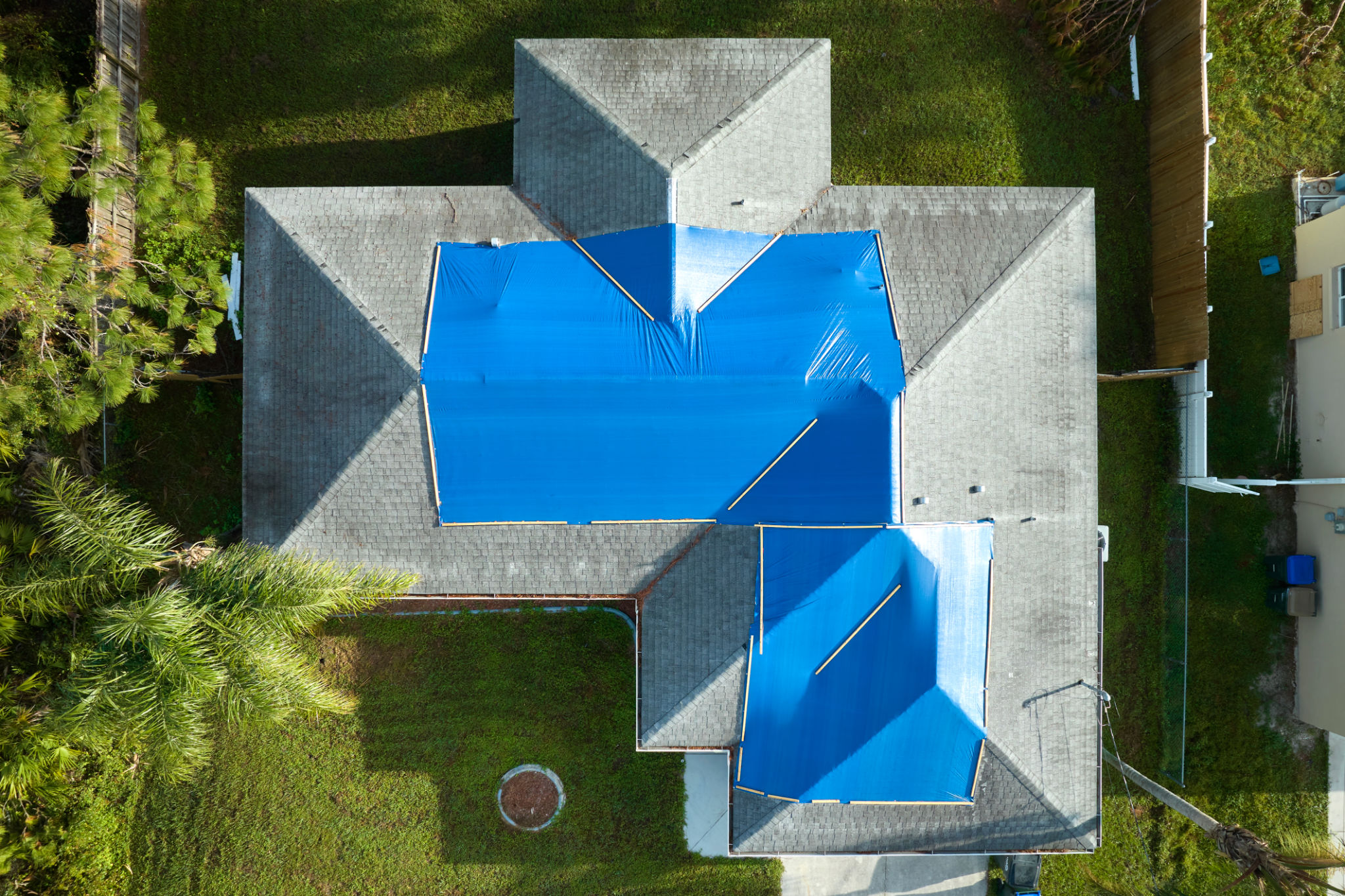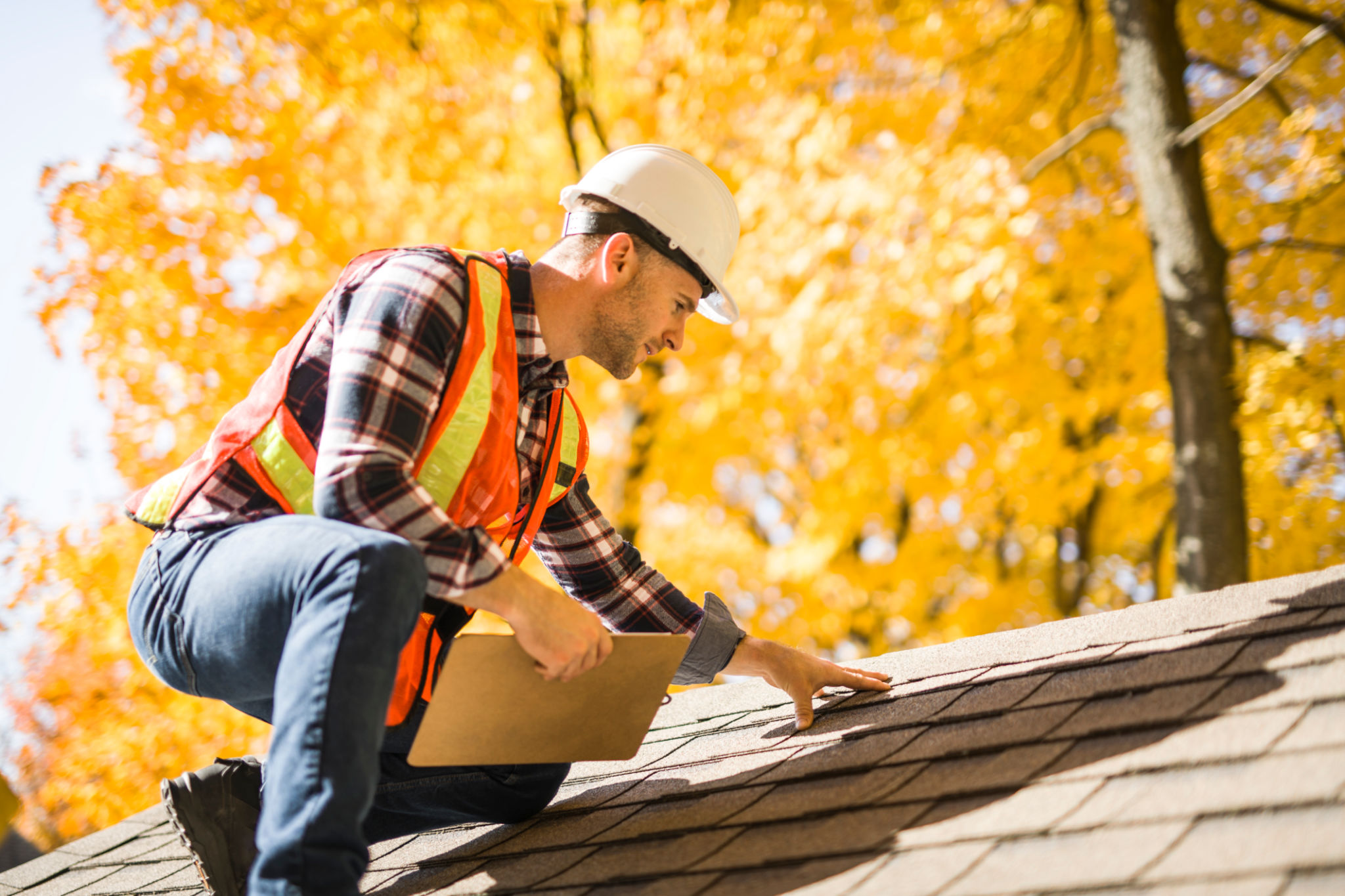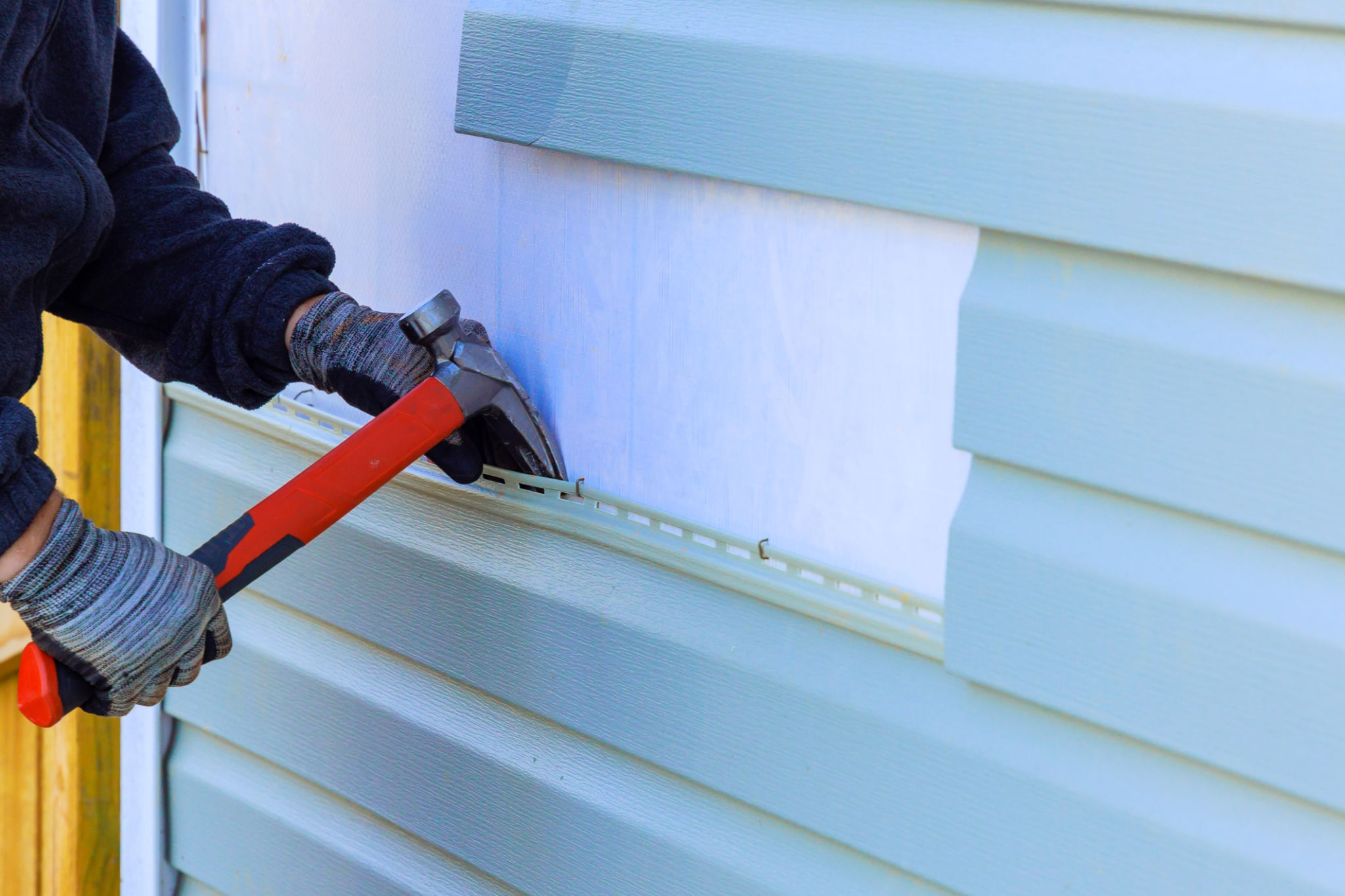Expert Tips for Maintaining Your Temporary Roof
Understanding Temporary Roofs
Temporary roofs are an essential solution for protecting a building or construction site from weather elements during renovation, construction, or repair work. They act as a shield against rain, snow, and wind, ensuring that the project continues uninterrupted. However, maintaining these structures is crucial to ensure their effectiveness and longevity.

Regular Inspections Are Key
One of the most important aspects of maintaining a temporary roof is conducting regular inspections. These inspections help identify any wear and tear or potential issues before they become major problems. Inspect the roof at least once a week and after any severe weather events. Look for signs of damage, such as rips, tears, or loose fittings.
What to Look For During Inspections
During your inspections, pay attention to the seams and edges of the roof. Ensure that all fastenings are secure and that there are no gaps where water can seep through. Additionally, check for any sagging sections that might indicate structural issues. Addressing these problems promptly will prevent further damage.

Proper Cleaning Techniques
Keeping your temporary roof clean is another critical maintenance step. Dirt, debris, and organic material can accumulate on the surface, leading to potential damage over time. Use a soft-bristle brush or a gentle pressure washer to remove buildup without harming the material. Avoid using harsh chemicals that could degrade the roofing material.
Frequency of Cleaning
The frequency of cleaning depends on the environment in which the temporary roof is installed. In areas prone to dust, pollution, or falling leaves, more frequent cleaning may be necessary. As a general rule, aim to clean the roof monthly under normal conditions.
Ensuring Proper Ventilation
A well-ventilated temporary roof can prevent moisture accumulation and reduce the risk of mold and mildew growth. Ensure that there is adequate airflow beneath the roof by checking that ventilation points are unobstructed. If necessary, install additional vents to enhance circulation.

The Impact of Poor Ventilation
Poor ventilation can lead to moisture buildup, which not only affects the structural integrity of the temporary roof but also poses health risks if mold develops. Regularly assess ventilation efficiency and make adjustments as needed to maintain a healthy environment.
Securing the Roof Against Weather
Temporary roofs must be adequately anchored and tensioned to withstand adverse weather conditions. Use sturdy materials for securing edges and ensure that all connections are tight. In areas prone to high winds, consider additional anchoring techniques for enhanced stability.
Weatherproofing Tips
Applying a weatherproof coating can add an extra layer of protection against rain and UV rays. Ensure that all seams are sealed properly with waterproof tape or sealant. These measures will prolong the life of your temporary roof and maintain its protective capabilities.
